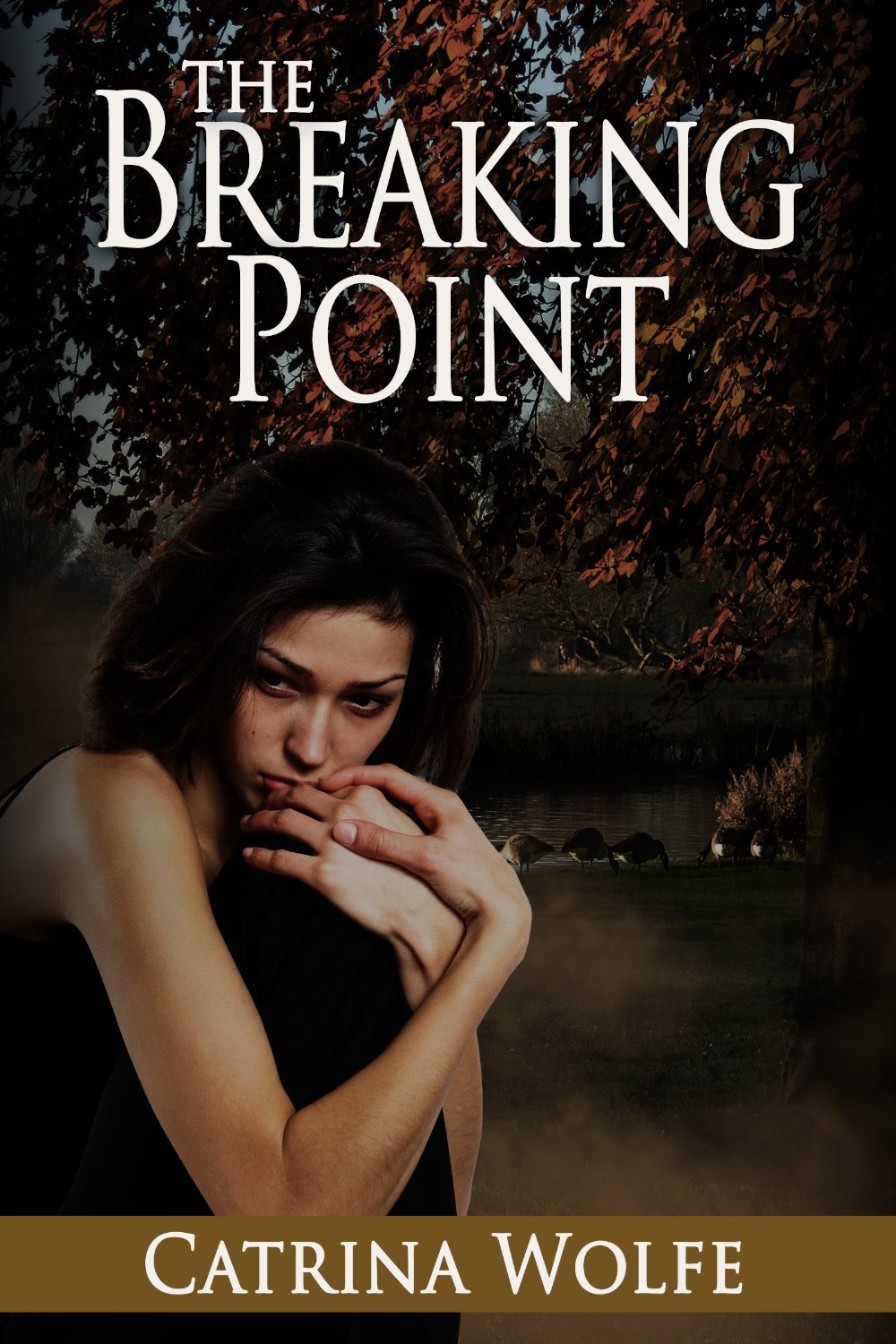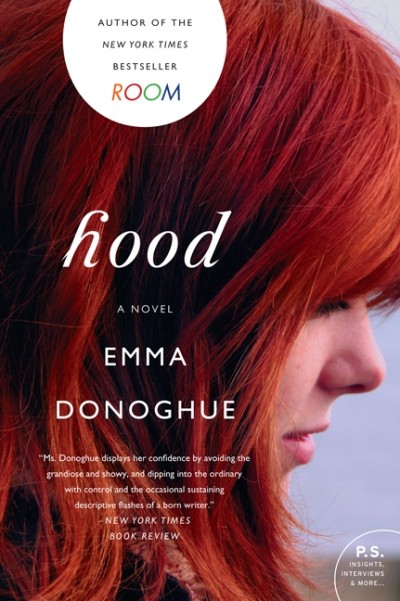“When I was kicked out for the final time at seventeen, the first thing I did –after finding somewhere to sleep for a few days –was to go to the library. I scanned each spine and in desperation began pulling books off the shelves, running fingers over tables of contents and skimming introductions. This was the first time a library had failed me. I needed a book about how to live through this more than I needed to know I had somewhere to stay, to know I had a way to get to school or to know what I would have for dinner. I needed a book to prove to me that survival was possible” (pp. 13-14).
Sassafras Lowrey begins Kicked Out by emphasizing how necessary it is to have stories of survival and hope for LGBTQ homeless youth. Kicked Out does just that. Intertwined with deeply emotional stories and notes from US organizations that dedicate themselves to assisting queer and transgender youth, this anthology delivers a sincere message of hope. What I really appreciate about Lowrey’s selection of stories is the realness of every individual; each story is heartbreakingly honest and unique. There are a variety of voices represented in Kicked Out from a multitude of racial, cultural, and religious backgrounds that provides a wide array of experiences for readers. Another driving theme in the youths’ stories was the formation of a new family, an extended family that really understood what the youth were dealing with. These families were formed by fellow LGBTQ youth on the street, mentors in their lives, and people outside of their given family who caringly opened up their home.
It took me a long time to read Kicked Out. I wanted the stories to sink themselves into my skin and not be dismissing thoughts. This anthology deserves to be read in time and celebrated for the strengths of the individuals to make it through. Not everyone is lucky –friends have been lost along the way and some families have never accepted their children. As I finished Kicked Out, I carry with me the urgency for families to lovingly accept their children regardless of their sexual or gender identity, the need for more funding and training for all homeless shelters to adequately care for LGBTQ youth, and for communities and systems of power to take action in ending homelessness.





